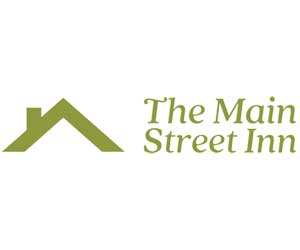Web design adapted to SEO refers to creating a website that meets search engine requirements and best practices, enabling better visibility and positioning in search results.
Currently, having an attractive and functional website is not enough to stand out on the internet. To achieve true online success, it is essential to take into account SEO (Search Engine Optimization). In this article, we will explore the keys to success for designing a website that adapts to SEO and maximizes its online potential.
Keyword Research
Keyword research is the first fundamental step when designing a website adapted to SEO. Identifying relevant keywords or phrases for your market niche will help optimize your content and attract targeted traffic to your website.
Use keyword research tools such as Google Keyword Planner or SEMrush to discover popular and competitive terms in your industry. Integrating these keywords into your content and meta tags will help search engines understand the relevance of your website.
Title and Meta Tag Optimization
Titles and meta tags are important elements for SEO. Search engines use them to rank and display your pages in search results.
Ensure that each page of your website has a unique and descriptive title that includes relevant keywords. Additionally, create clear and concise meta tags that describe the specific content of the page.
Avoid keyword stuffing and ensure that both the titles and tags are appealing to users.
High-Quality and Relevant Content
Content is the fundamental pillar of your website and plays a crucial role in SEO. Create quality, original, and relevant content for your target audience.
Ensure that your content is well-structured, including headings, paragraphs, and lists to facilitate reading.
Additionally, use keywords naturally and avoid excessive keyword stuffing. Relevant and useful content will not only attract visitors but also improve your search engine positioning.
Responsive Design and User Experience
Responsive design is a key factor in current SEO. A website adapted to different devices, such as desktop computers, tablets, and smartphones, improves the user experience and reduces the bounce rate.
Search engines value websites that offer an optimal user experience, so ensuring that your design is responsive will help improve your ranking in search results.
Fast Loading Speed
The loading speed of your website is essential for both user experience and SEO. Visitors expect pages to load quickly, and search engines favor websites that offer fast loading speeds.
Optimize your images, use file compression, and consider using a Content Delivery Network (CDN) to improve the loading speed of your website. This will not only benefit your visitors, but also increase your visibility in search engines.
Internal and External Links
Internal and external links are important for the SEO optimization of your website. They help search engines to index and better understand your content, while external links from high-quality websites can improve your authority and relevance online.
Make sure to include internal links to relevant pages within your website, and aim to acquire high-quality external links through natural link-building strategies such as publishing quality content or collaborating with other related websites.
Analytics and Tracking
Analytics and tracking in web design adapted to SEO are essential elements for the continuous and effective optimization of a website.
Through data analysis, valuable information about user behavior, content performance, and the effectiveness of implemented SEO strategies can be obtained. Tracking relevant metrics such as organic traffic, bounce rate, time on site, and conversions provides a clear insight into the impact of SEO activities.
Conclusion
Web design adapted to SEO is essential for achieving true online success. By investing time and effort in keyword research, optimizing titles and meta tags, creating quality content, responsive adaptation, fast loading speed, link strategy, and analytical tracking, you can maximize the potential of your website and gain better visibility in search engines.
Remember that SEO is an ongoing process and requires regular updates to stay up to date with best practices and changes in search engine algorithms. Design your website with SEO in mind and get ready to achieve online success!





